The business world is on the cusp of a revolution, and it’s not a slow, gentle transition. It’s a seismic shift, powered by the twin forces of Artificial Intelligence (AI) and automation. For decades, these concepts were the stuff of science fiction, relegated to futuristic movies and academic papers. Today, they are very real, very present, and rapidly reshaping every industry imaginable. The question for every business leader, from the startup founder to the CEO of a multinational corporation, is no longer “if” AI will impact their operations, but “how” and “when.” This isn’t just about adopting new technology; it’s about a fundamental re-evaluation of business models, strategies, and even the very definition of a “job.”
The central theme is simple, yet stark: the future of business in the age of AI and automation demands that companies either disrupt themselves or prepare to be disrupted by others. The days of incremental change are over. Those who embrace these technologies to innovate and streamline will not only survive but thrive. Those who cling to outdated methods will find themselves on the wrong side of history, outmaneuvered by more agile, intelligent competitors. This article will serve as your guide to navigating this new landscape, exploring the profound changes AI and automation are bringing, and outlining a strategic roadmap for your business to stay ahead of the curve.
Background: The Unstoppable March of Progress
To understand the present and future, we must first look at the recent past. The journey of business technology has been one of continuous acceleration. The Industrial Revolution brought us machines that amplified physical labor. The Information Age gave us computers that processed data and streamlined communication. Now, the AI and Automation Age is giving us systems that can think, learn, and make decisions, performing tasks that were once exclusively the domain of human intellect.
Think about the evolution. The earliest forms of automation were simple, rule-based machines—the conveyor belt in a factory, for example. Then came software and robotics, automating repetitive, manual tasks like data entry and assembly line work. But AI takes this to a completely different level. Machine learning algorithms, a core component of AI, can analyze vast datasets to identify patterns, make predictions, and adapt their performance over time. This capability is what separates simple automation from intelligent automation. It’s the difference between a bot that follows a script and a system that can learn from customer interactions to provide more nuanced, personalized service.
This isn’t a single technology but a spectrum of innovations. We’re talking about everything from:
- Generative AI, which can create new content, code, and designs.
- Predictive Analytics, which forecasts market trends and consumer behavior.
- Robotic Process Automation (RPA), which automates high-volume, repetitive tasks.
- Computer Vision, which allows machines to “see” and interpret visual data.
These technologies are no longer confined to the tech giants. They are becoming more accessible, affordable, and integrated into off-the-shelf business solutions. This democratization of AI is the real game-changer, leveling the playing field and putting powerful tools into the hands of even the smallest businesses. The pressure is on, and the stakes couldn’t be higher.
Detailed Comparison: AI vs. Traditional Automation
While often used interchangeably, it’s crucial to understand the distinction between AI and traditional automation. Grasping this difference is the first step toward building a truly intelligent business. Think of it as the difference between a calculator and a human mathematician. Both can perform calculations, but one is limited to its programming, while the other can solve complex, novel problems.
| Aspect | Traditional Automation (RPA) | Artificial Intelligence (AI) |
| Functionality | Follows predefined rules and scripts. | Learns from data, adapts, and makes decisions. |
| Task Scope | Best for structured, repetitive, high-volume tasks. | Excels at unstructured, complex, and cognitive tasks. |
| Data Interaction | Processes structured data (e.g., spreadsheets, forms). | Processes structured and unstructured data (e.g., text, images, voice). |
| Learning Ability | No learning or adaptation. Requires manual reprogramming for changes. | Continuously learns and improves performance over time. |
| Examples | Automated data entry, invoice processing, and report generation. | Predictive maintenance, personalized product recommendations, and fraud detection. |
| Core Value | Increases efficiency and reduces human error in routine tasks. | Drives innovation, provides strategic insights, and enhances customer experience. |
Export to Sheets
As you can see, traditional automation is about doing things faster and more accurately. It’s about efficiency. AI, on the other hand, is about doing new things and doing things smarter. It’s about intelligence and innovation. A business that only adopts traditional automation will fall behind one that integrates AI. For example, an e-commerce company can use RPA to automate order fulfillment, but a company using an AI-powered recommendation engine (like Netflix or Amazon) will have a more personalized customer experience, higher sales, and a significant competitive advantage.
The real power, however, lies in combining the two. AI can identify a pattern or insight that traditional automation can then act on. A predictive AI model might flag a customer as a high-risk churn possibility, and then an automated system can trigger a personalized email campaign with a special offer to retain them. This synergy of intelligence and action is the bedrock of the future business model.

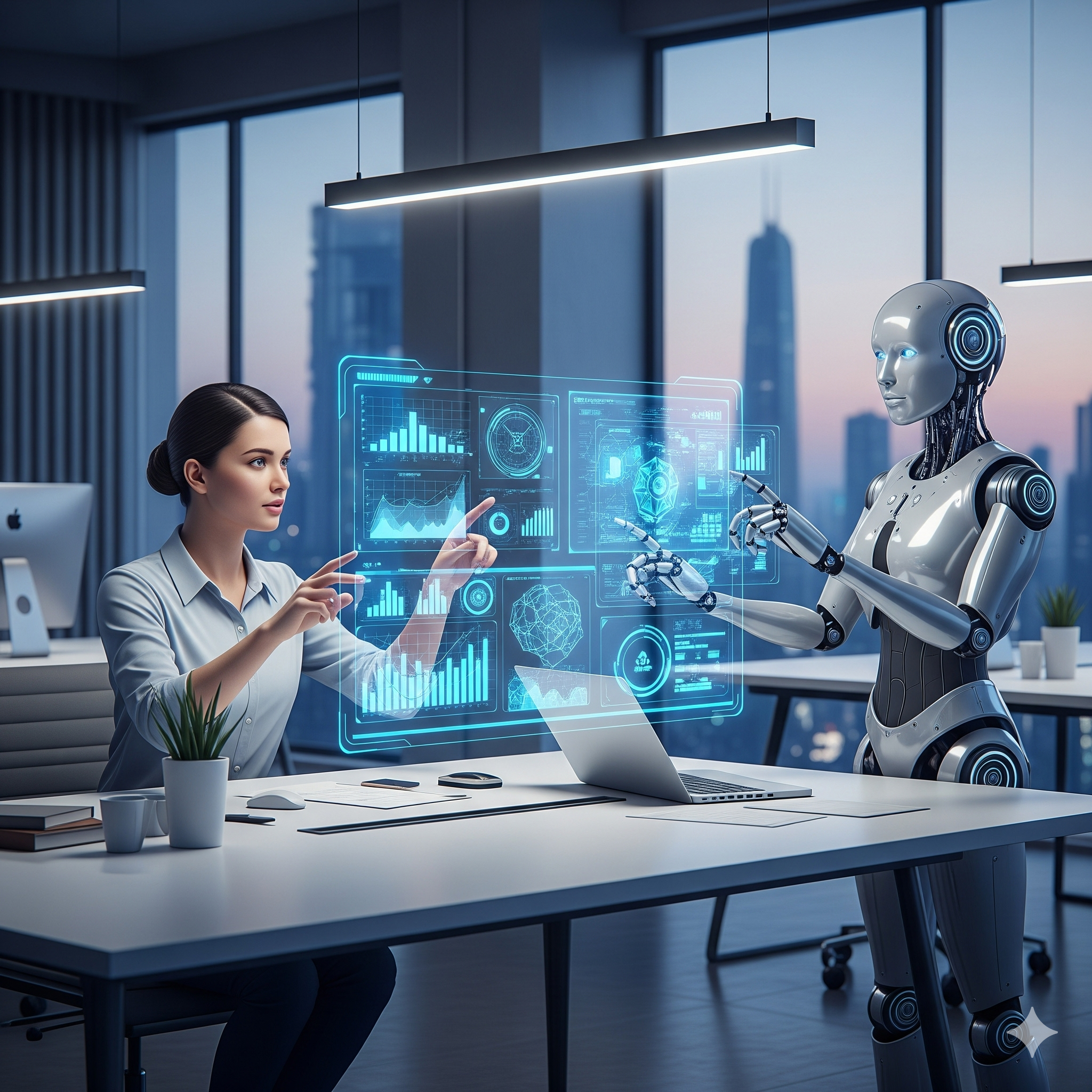
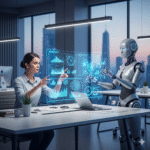
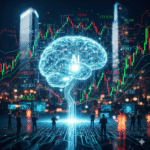

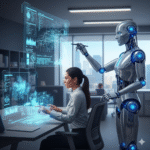
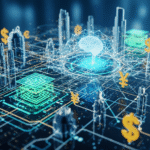
Leave a Reply